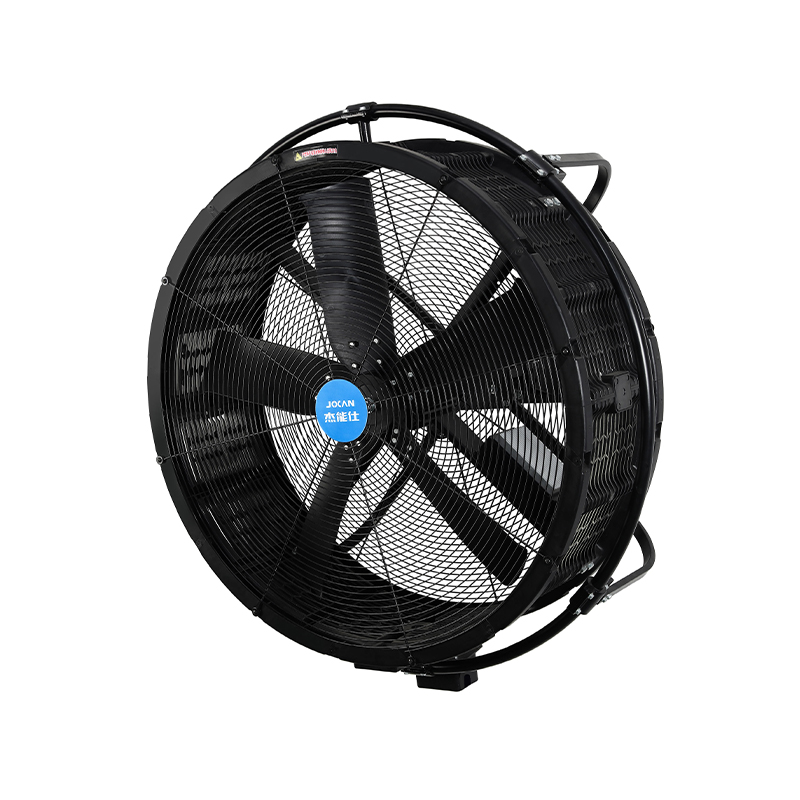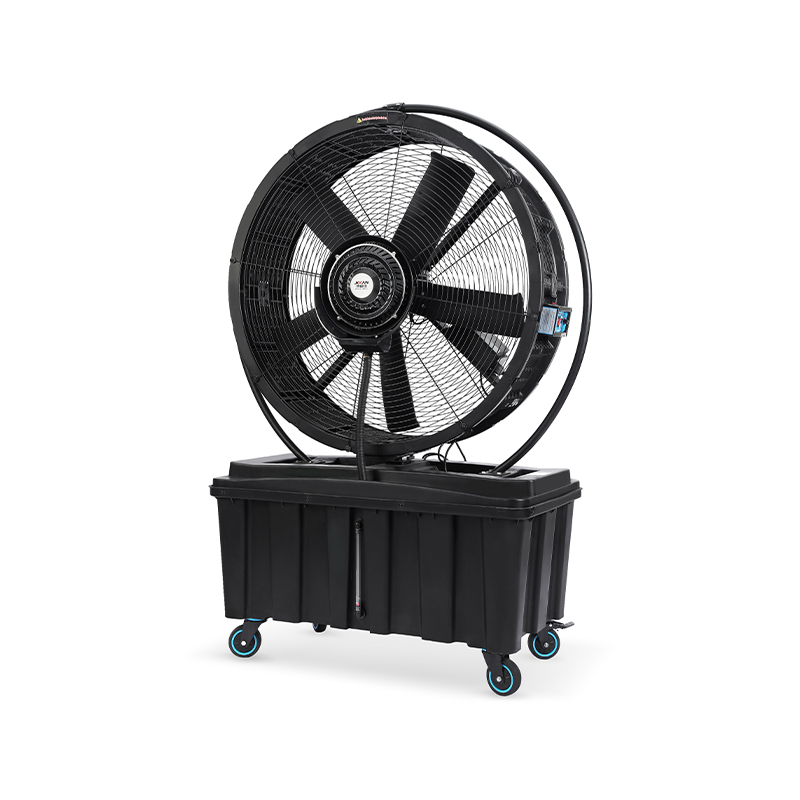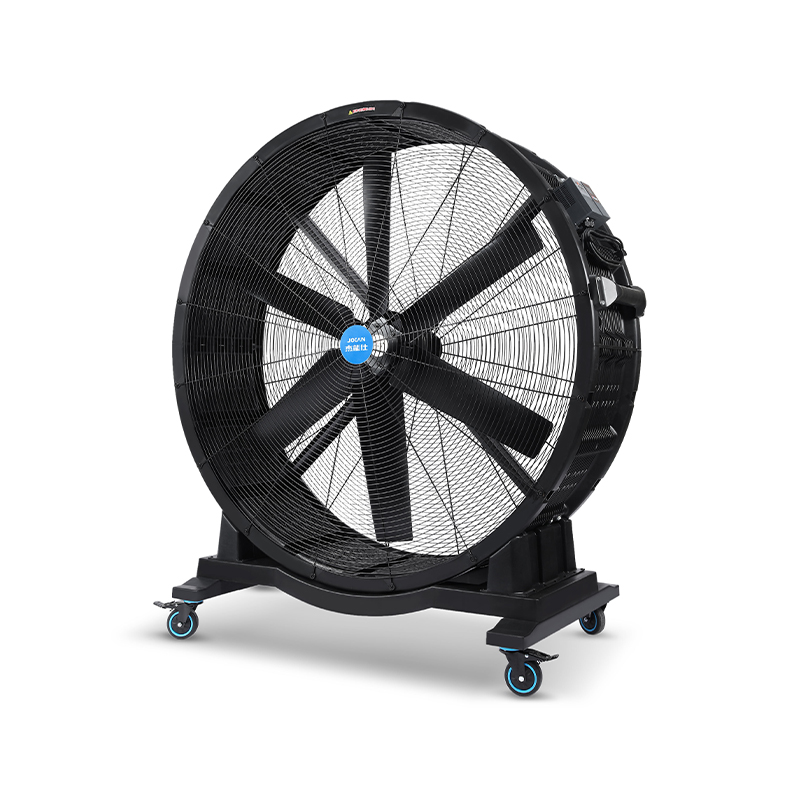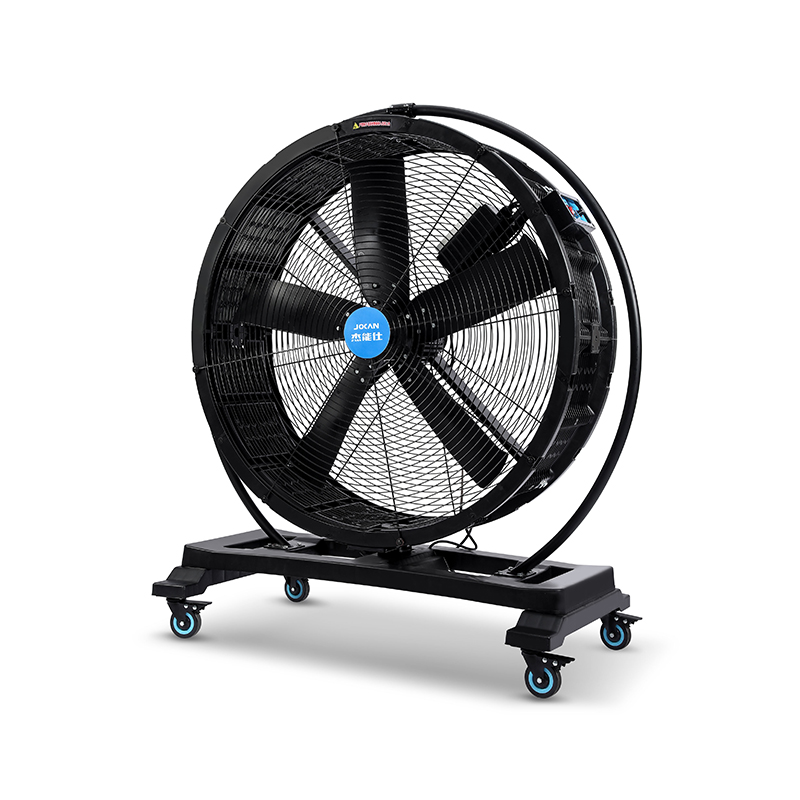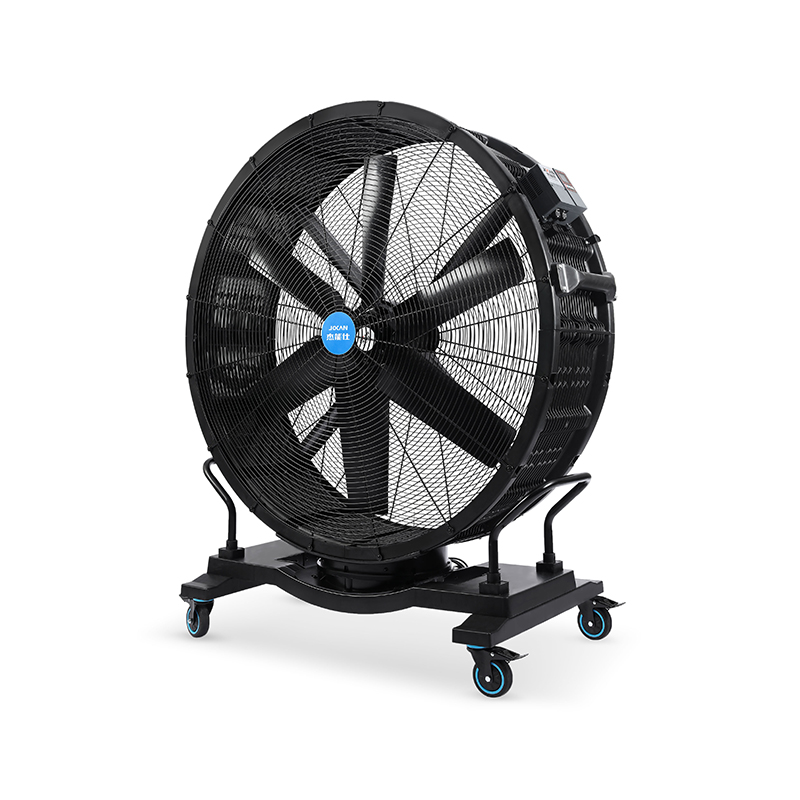The differences between a regular exhaust fan and a powerful exhaust fan are primarily related to their design, capacity, and application. Here's a breakdown of how these two types of fans differ:

1. Power and Efficiency
- Regular Exhaust Fan: These are typically lower in power and are designed for general ventilation purposes. They are suited for light-duty applications where the volume and temperature of the air being moved are not excessive.
- Powerful Exhaust Fan: These are high-powered and designed to handle larger volumes of air or higher temperatures. They are often used in industrial settings where heavy-duty ventilation is required.
2. Motor and Construction
- Regular Exhaust Fan: They usually have smaller motors and are constructed with lighter materials to keep costs down and for general use.
- Powerful Exhaust Fan: These fans often have larger, more robust motors capable of handling the increased load. They may also be constructed with heavier-duty materials to withstand the demands of more intense environments.
3. Noise Level
- Regular Exhaust Fan: Tend to be quieter due to their lower power requirements and simpler design.
- Powerful Exhaust Fan: Can be louder due to the higher power output and the demands of moving larger volumes of air.
4. Size and Design
- Regular Exhaust Fan: Often smaller in size and designed for residential or light commercial use.
- Powerful Exhaust Fan: Larger in size to accommodate the larger motor and to move more air, often with a more industrial design.
5. Applications
- Regular Exhaust Fan: ideally suited for residential bathrooms, kitchens, small workshops, or other areas where light ventilation is needed.
- Powerful Exhaust Fan: Used in industrial kitchens, factories, warehouses, and other environments where heavy-duty ventilation is necessary to remove heat, fumes, dust, and other contaminants.
6. Energy Consumption
- Regular Exhaust Fan: Lower energy consumption because they don’t require as much power to operate.
- Powerful Exhaust Fan: Higher energy consumption due to the increased power needed for their operation.
7. Maintenance
- Regular Exhaust Fan: Generally require less frequent maintenance due to their simpler design and lower power.
- Powerful Exhaust Fan: May require more regular maintenance due to the higher stress on their components.
8. Cost
- Regular Exhaust Fan: Typically less expensive due to their simpler design and lower power requirements.
- Powerful Exhaust Fan: More expensive due to the higher specifications and robust construction necessary for heavy-duty use.
When selecting ventilation solutions, it’s also worth considering alternative options like the silent standing fan. Unlike exhaust fans, which are primarily designed to remove stale air from a space, silent standing fans focus on circulating air within a room to improve comfort without the noise that traditional fans often produce. This makes them suitable for offices, bedrooms, or any environment where quiet operation is appreciated.
A regular exhaust fan is often sufficient for smaller spaces or where the airflow demands are moderate. It can effectively remove odors and moisture from bathrooms or kitchens without consuming too much energy or requiring complex installation. However, in larger or more demanding environments, a powerful exhaust fan becomes necessary to manage the higher volume of air and harsher conditions.
While a powerful exhaust fan may produce more noise and consume more energy, it is designed to operate reliably under tough conditions. On the other hand, if noise reduction is a priority and air circulation is the goal rather than air extraction, a silent standing fan can be a practical choice. Each of these fans serves a different purpose, and understanding their unique features helps in making the right selection for any given space.
 Add: Plot 23, Huanglang Industrial Zone, Jinqing Town, Luqiao District, Taizhou City, Zhejiang Province
Add: Plot 23, Huanglang Industrial Zone, Jinqing Town, Luqiao District, Taizhou City, Zhejiang Province
 TEL: +86-13586083215
TEL: +86-13586083215

 English
English English
English عربى
عربى 한국어
한국어


